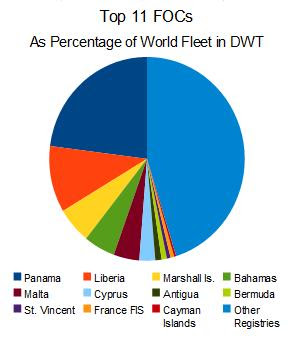 |
| an underwater launch of a a small Switchblade unmanned aerial vehicle. |
Military scientists have concluded submarine sailors, who traditionally begin a new workday every 18 hours, show less fatigue on a 24-hour schedule, and the Navy has endorsed the findings for any skippers who want to make the switch. The first submarine to try the new schedule on a full deployment was the USS Scranton, led by Cmdr. Seth Burton, a cancer survivor. He said the illness he experienced as a junior officer helped convince him of the health benefits of keeping a sleep pattern in line with the body's natural rhythm. "I know that there's lots of medical side effects to just not having a good, regular sleep pattern," said USS Scranton Cmdr. Seth Burton, 41, of Huntsville, Ala. A submarine sailor's day is generally divided equally into three periods: Time on watch, off time that is devoted partly to training and drills, and sleep. Under the new schedule, those time blocks are stretched from six to eight hours.
[March 9]
JROC moved the Virginia-class submarines in February 2013 from the Prompt Strike budget to the main Navy shipbuilding account. Will these silent propulsion pumpjet boats get a boost from the Ukrainian chill?
 |
| K-329 |
China’s navy is developing a land-attack cruise missile capability, most likely with the Type-095 SSGN according to a forthcoming report by a US congressional commission on China. The Russian navy has invested an estimated 54 billion roubles (£1bn) to fund the SSGN Severodvinsk K-329, and sources say delivery is expected imminently, since the delivery acceptance certificate was signed on 30 December. The K-329 was commissioned in 1993 and originally scheduled for delivery in 1998. The project has been beset by problems and repeated delays.
 |
| USS Ohio in 2008 [SSGN-726] |
On July 16, a submarine left Bremerton, accompanied by a couple of Coast Guard cutters. The Navy declined to identify it, saying it doesn't discuss specific submarine operations.
Puget Sound Naval Shipyard's Intermediate Maintenance Facility completed its most expansive major maintenance period July 11 with USS Ohio's certification for unrestricted operation
A maritime source working in the Suez Canal reported on June 27 the passage of a nuclear submarine alongside two 'destroyers', both belonging to the United States supposedly headed to the Persian Gulf.
The maritime source added that the nuclear submarine – USS Florida SSGN 728 – and the destroyers – USS JAMES E. WILLIAMS (DDG 95). and [? USNS Supply (T-AOE 6)] – were accompanied by tugboats belonging to the Canal during their 14-hour trip.
The destroyers and submarines were reported to be headed to the Persian Gulf in order to complete missions in the region.
 |
| YOKOSUKA, Japan (June 13, 2012) The Ohio-class guided-missile submarine USS Michigan (SSGN 727) is moored at Fleet Activities Yokosuka as part of its deployment to the Western Pacific. |
The sending more equipment to the Gulf region is in the context of the efforts of U.S. Central Command to strengthen the U.S. military presence in the region for Iranian threats to close the Strait "of Hormuz.
During Operation Odyssey Dawn, Florida (SSGN 728) launched 93 Tomahawk missiles, with 90 effective, out of her total magazine of about 160 missiles.









No comments:
Post a Comment